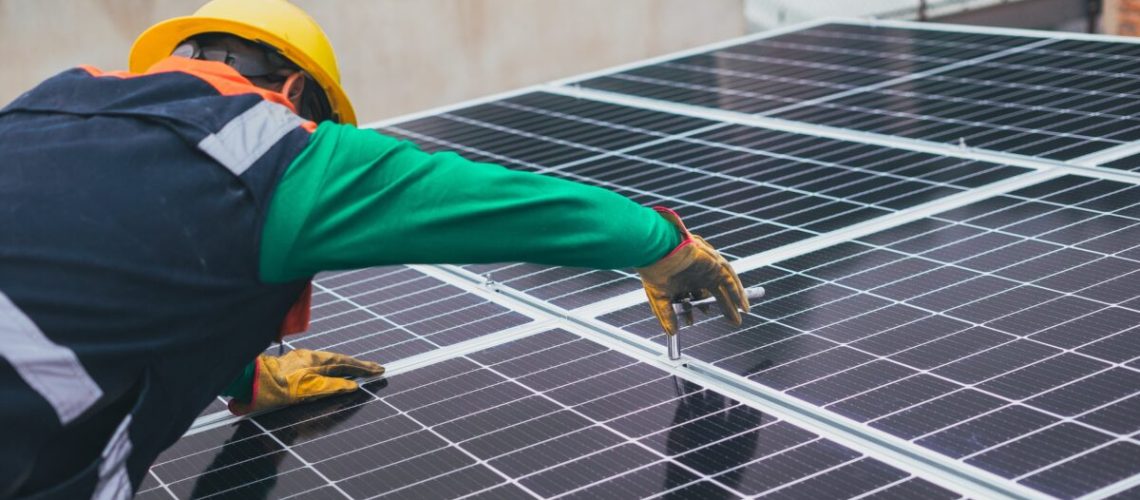Assemblymember Laura Friedman introduced a bill that would require the California Public Utilities Commission to consider the costs and benefits of rooftop solar and its non-energy benefits when designing net metering rates.
California Assemblymember Laura Friedman has introduced AB 2256, which would require the California Public Utilities Commission (CPUC) to fully consider the costs and benefits of rooftop solar when revisiting its net energy metering (NEM) tariff.
The bill would require CPUC to consider the total benefits of rooftop solar, including improved local air and water quality, avoided land use impacts, and any associated system cost benefits.
“The CPUC currently only considers some economic benefits of rooftop solar,” said a fact sheet on the bill. “As NEM is not simply a rate structure but rather, a far-reaching policy initiative with goals and outcomes that will shape the future of clean energy and climate change in California, it is critical for policy makers to consider all relevant information in re-designing the tariff that has proven integral to meet our climate goals.”
NEM helped California launch the nation’s leading rooftop solar market, achieving Governor Schwarzenegger’s million solar roofs initiative, and under NEM the state has since reached two million solar roofs.
The California Air Resources Board has projected that the state needs to double its rooftop solar to reach targets of 90% emissions-free electricity by 2035 and 100% by 2045.
California’s rooftop solar market has been screeching to a halt ever since the NEM 3.0 rulemaking decision was implemented. The rate structure lowers compensation for exported solar production by about 75% and makes batteries an essential component of a residential solar project. This, combined with high interest rates, has worsened customer economics for rooftop solar, no longer presenting a cash flow positive investment in many cases, said installer HES Solar.
The California Solar and Storage Association (CALSSA) said about 17,000 jobs have been lost, demand for rooftop solar has fallen about 80%, and solar business insurer Solar Insure told pv magazine usa that 75% of its covered companies are considered a “high risk” for bankruptcy. Major publicly traded global equipment providers like Enphase and SolarEdge have made significant cuts to their workforce.
The California Energy Commission (CEC) projects that the state will need to build 6 GW of solar-plus-storage every year for the next 26 years straight to meet the 2045 target. Over the past five years, California has only averaged about half of the 6 GW deployment figure. The state has averaged about 2.3 GW of utility-scale solar-plus-storage installations over the past few years, far behind the pace to reach that near mid-century goal of 100% carbon free power. CALSSA said the goal is impossible to reach with a utility-scale only model, which the state seems to be hurdling itself toward.
Save Solar coalition
Also this week, over 60 organizations submitted letters to Governor Newsom, state legislative leaders, and the CPUC to call for immediate action to restore the state’s rooftop solar growth. The letter to the governor can be found here.
The coalition called out several requests for getting rooftop solar and storage back on track, including:
- First, make sure the state does no more harm. The first order of business should be to put a cap back on the fixed charges authorized by AB 205. High fixed charges discourage energy conservation and efficiency and further harm the economics of going solar.
- Second, delay implementation of the Virtual NEM and Aggregate NEM decision slated to go into effect February 14, 2024 and restore the ability of multi-meter properties such as schools, farms, apartment buildings, and strip malls to self-generate and self-consume on-site solar.
- Battery Rebates: In the Net Billing decision, the California Public Utilities Commission (CPUC) called for $900 million to be allocated for battery rebates for all types of consumers to help cushion the blow brought about by the reduced credits for solar exports. $280 million of those funds, earmarked for low-income consumers, were allocated in the 2023-2024 budget but unfortunately have not yet been disbursed. We call on you to ensure the CPUC immediately disburses the $280 million appropriated in the 2023-2024 budget for residential storage incentives. This funding can go to work immediately and expand the benefits of distributed clean energy to low-income Californians. Further, consider making a portion of these funds available immediately for the already-existing SGIP program that serves working- and middle-class families.
- In the 2024-2025 budget, fulfill the remainder of the $900 million in battery incentives and restore solar and storage funding delays proposed in your January budget. We understand there is a significant budget deficit, but these programs are critical to energy reliability, and delays are far more costly in the long run. If some of the $280 million in funds were allocated to the mainstream market, restore the low income funds to their original amount. Further, investing in solar and storage installations helps grow state tax revenue through solar sales taxes, business income taxes and payroll taxes from solar workers.
- Direct the CPUC to immediately re-evaluate the value of distributed solar and to fully and accurately value all the benefits of rooftop solar energy including societal benefits in the CPUC’s Avoided Cost Calculator.
- Unlock the solar potential of all rooftops in California. The state should encourage solar on large commercial rooftops that can accommodate larger installations by lifting the system size cap. Putting as much solar as will fit on all 66,000+ warehouses and 10,000+ superstores in California could power nearly 6 million homes annually but current rules limit that kind of deployment.
The requests were signed by Laura Deehan, Environment California, Roger Lin, Center for Biological Diversity, Bill Allayaud, Environmental Working Group, and many other California environmental and community leaders.



